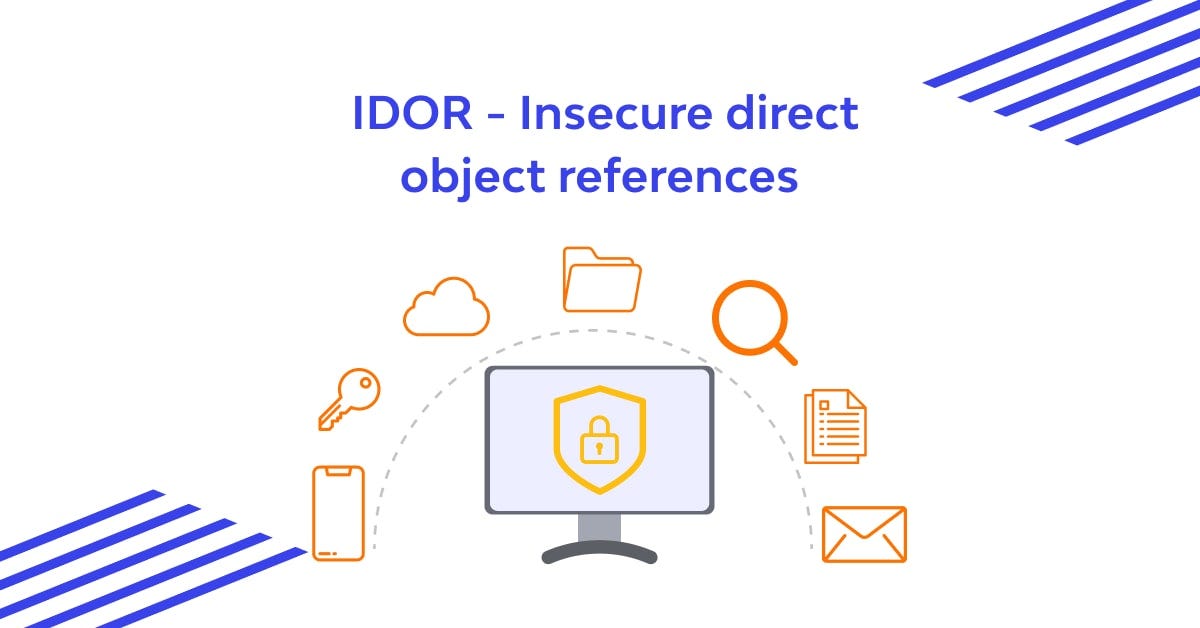BOOK THIS SPACE FOR AD
ARTICLE ADIntroduction: Bug bounty programs are crucial for organizations to identify and address security vulnerabilities. Traditionally, bug bounty programs focus on specific target domains that are already known and defined. However, by leveraging Content Security Policy (CSP), organizations can significantly expand their bug bounty scope and uncover previously undiscovered target domains. In this description, we will explore how utilizing CSP can lead to the identification of new attack surfaces and enhance the overall security posture.
Content Security Policy and Its Role: Content Security Policy (CSP) is a security mechanism employed by websites to define and enforce restrictions on the types of content that can be loaded. It works by specifying an HTTP header or a meta tag in the website’s HTML code, which outlines the permitted sources for scripts, stylesheets, images, and other resources. CSP plays a vital role in mitigating various types of attacks, such as cross-site scripting (XSS) and data injection, by controlling the origin of executed code.
Expanding Bug Bounty Scope: Bug bounty programs usually provide a set of target domains or applications eligible for testing. However, by actively examining and analyzing the Content Security Policy of a website, security researchers can uncover new domains that are indirectly linked or interact with the target domain. These new domains may be hosted on separate subdomains, third-party services, or even different organizations altogether.
Identifying New Attack Surfaces: By exploring the Content Security Policy directives and their associated sources, researchers can reveal potential new attack surfaces. This process involves scrutinizing the permitted sources for scripts, stylesheets, fonts, images, and other resources. Any domain or service mentioned within the CSP that is not explicitly part of the defined bug bounty scope could potentially introduce new vulnerabilities.
For instance, if a target domain permits a broad range of external JavaScript sources, a security researcher can investigate each source’s associated domain. This investigation may lead to the discovery of other subdomains or related services that are indirectly associated with the target domain. Each of these newly discovered domains can then be assessed for potential vulnerabilities, thus expanding the bug bounty scope.
Enhancing Security Posture: By incorporating the analysis of Content Security Policy into bug bounty programs, organizations can proactively identify and address vulnerabilities in a more comprehensive manner. Discovering new attack surfaces through CSP allows for a thorough assessment of the overall security posture, as it helps uncover potential threats originating from indirect dependencies and external integrations.
Conclusion: Leveraging Content Security Policy to expand bug bounty scopes empowers organizations to go beyond the traditional boundaries of vulnerability testing. By encouraging security researchers to examine the CSP directives, organizations can uncover new target domains and enhance their security posture. This approach fosters a proactive and comprehensive security mindset, ultimately resulting in a more robust and resilient digital infrastructure.
Thank You For Reading, Hope You Liked It & Happy Hunting …!!! 😊
Ravindra Dagale 🙆♂️
Security Researcher | Information Security
Connect at : Instagram | YouTube
.png)
 11 months ago
53
11 months ago
53 














 Bengali (Bangladesh) ·
Bengali (Bangladesh) ·  English (United States) ·
English (United States) ·